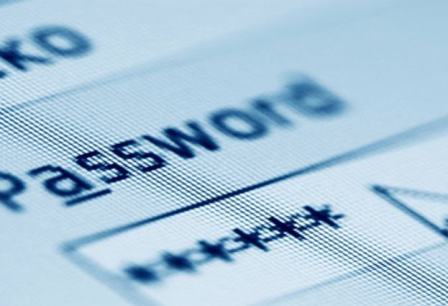Guess Who? – The ga me of authentication and fraud detection – Amit Desai, Senior Director of Solutions Marketing, Verint-Systems
me of authentication and fraud detection – Amit Desai, Senior Director of Solutions Marketing, Verint-Systems
Can you confirm your post code? What’s your mother’s maiden name? What are the first, fourth and fifty-fourth letters of your secret password?
In the face of such a barrage of ‘security questions’, the logical consequence of password-based authentication, customers rack their brains for the right answers and count the digits on their fingers.
It is easy for frustrations to mount. Consumers are getting increasingly annoyed about the authentication process, which has become more like a long game of Guess Who than a customer service interaction. So, why is this all necessary?
The threat of getting it wrong
Identity theft is on the rise with 19 people per minute falling victim to fraud. Targeting anything from banking to mobile phone accounts, prying thieves are becoming more sophisticated when it comes to stealing identities and turning a profit. The wider impact is substantial. Just recently, Financial Fraud Action UK found that the cost of telephone banking fraud rose 95 percent to £14.4m in the first half of 2015, compared with the same period of last year. The call centre remains a key focal point of vulnerability here.
However, the contact centre is a vital engine of customer satisfaction and loyalty. When it comes to providing a positive and memorable experience, consumers value speed and convenience above all else. A study of customer service we commissioned recently found that 81 percent of consumers just want their questions answered and, on average, almost half feel that companies that deal with their requests quickly deliver a better experience than those that don’t.
It feels like executives need to strike an impossible balance – between engendering customer loyalty on the one hand, and guaranteeing the security of their data on the other. Businesses need to work harder to combat the potentially crippling impact of fraud, without compromising on the customer experience. Not only do such cases damage business reputation, they face hefty fines if found in breach of customer data and security regulations. But in the bid to fight fraud and accurately identify customers, what’s the alternative to Guess Who-style questioning?
The answer is definitely not more security measures; instead, organisations need to make better use of existing touchpoints to make security smarter.
It’s no ‘guessing game’ – it’s all in the voice
In the same way that someone has a distinct finger print or retina, each of our voices is different. The voice is a uniquely powerful identifier – though it is not secret, like a password, it is truly unique to each individual and impossible to forge. What is more, significant advances in voice biometrics have drastically increased the accuracy of analysing and identifying voice signatures in real time.
It would be a quick job for a contact centre agent to use a voice biometric system to verify customers’ identity – such a system could even notify agents within seconds if there’s a potential risk. The same technology could even detect whether customers are distressed – for example if they are under duress, all from the sound of their voice. This is an attribute not possessed by any other form of authentication, biometric or otherwise.
For all of these benefits, adoption of voice biometrics has been relatively slow. There are a number of reasons for this, some of which, until recently, well-founded; others are spurious. Among the biggest concerns over voice biometrics relates to the perceived feasibility of a ‘perfect’ voice print. Background noise, illness and even ageing, all contribute to changes in our voice. These objections are based on a fundamental misconception of how the technology works today. When we as human-beings hear a voice, we hear accent, tone, words and emotion. Voice biometric technology picks up much more minute nuances in the individual’s throat, larynx, mouth and nose, to form a digital ‘voiceprint’.
Though these voiceprints are liable to variations – much like our written signatures – the underlying characteristics are less prone to change. It is these underlying features that voice biometrics is designed to detect. The resulting voiceprints are therefore truly unique, even in identical twins. As a result, today’s voice biometric systems can reliably authenticate callers by phone irrespective of their circumstances.
The future of the game
The Government also has a key role to play in embedding voice biometrics in day-to-day use. A recent Parliamentary report criticised the Government for failing to have a strategy around biometrics. The government needs to work with external parties and experts in this area to inform a voice biometrics strategy. It would be encouraging to see public services make wider use of voice biometrics to achieve cost efficiencies and drive out fraud, as well as allaying consumer concerns. The public sector has a unique role to play in encouraging mainstream adoption of this compelling technology.
It is time for organisations across the private and public sectors recognised that typed passwords – and the dizzying array of security questions that act as failsafes – are reaching the end of their useful lives. Voice biometrics have reached a level of maturity and sophistication that the technology can provide a fast, painless, and highly effective form of authentication – one that will help engage customers, as well as protecting them.
![]()
 Amit Desai, Senior Director of Solutions Marketing, Verint-Systems
Amit Desai, Senior Director of Solutions Marketing, Verint-Systems
For additional information about Verint visit their Website




